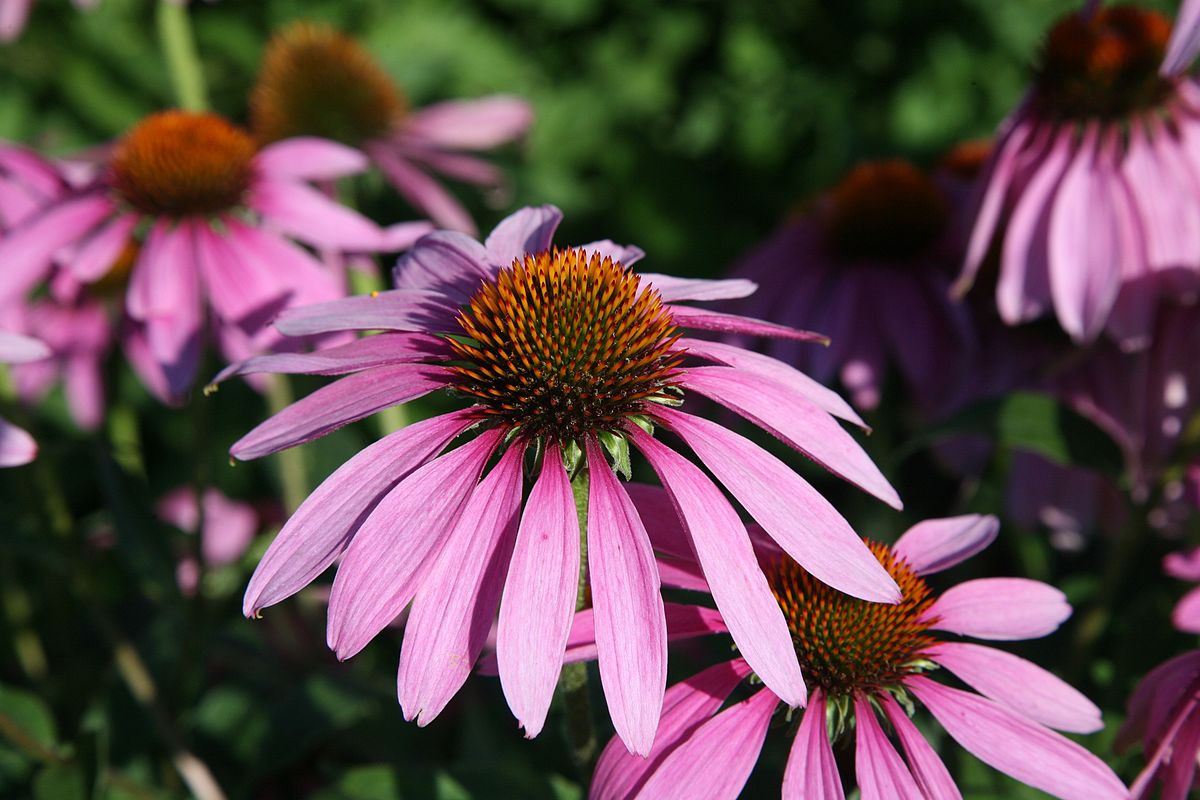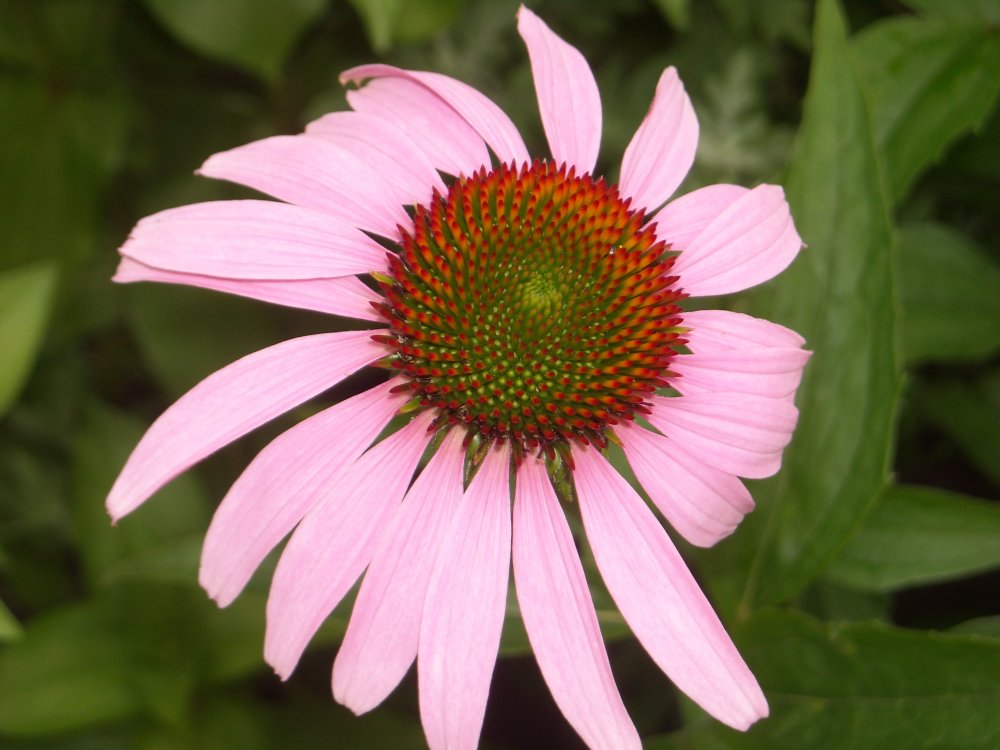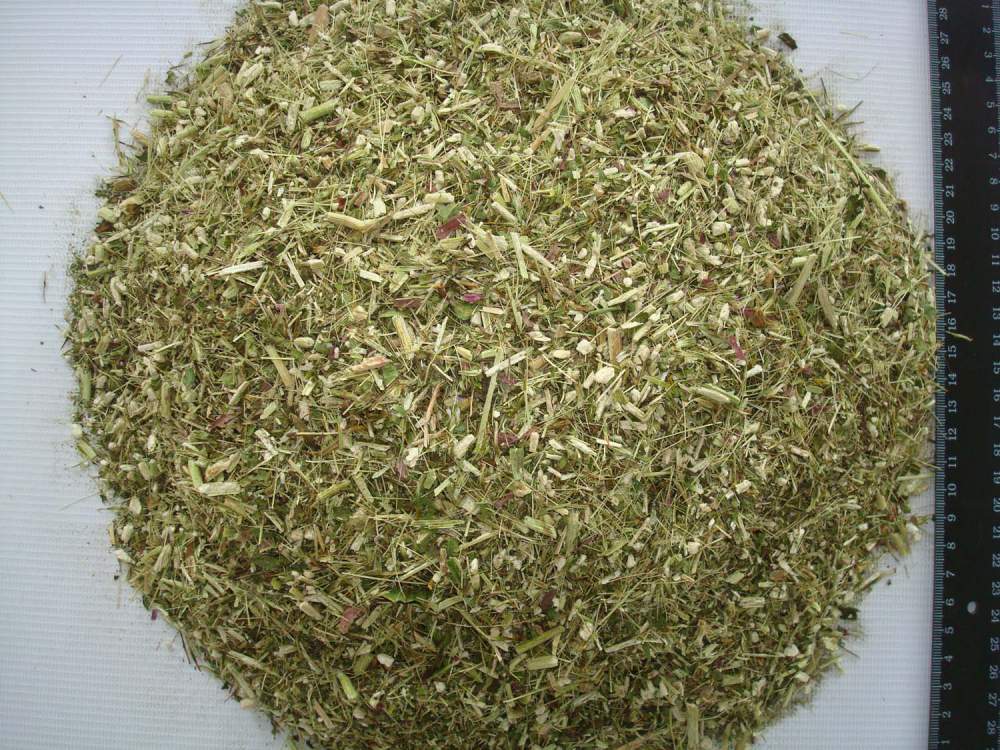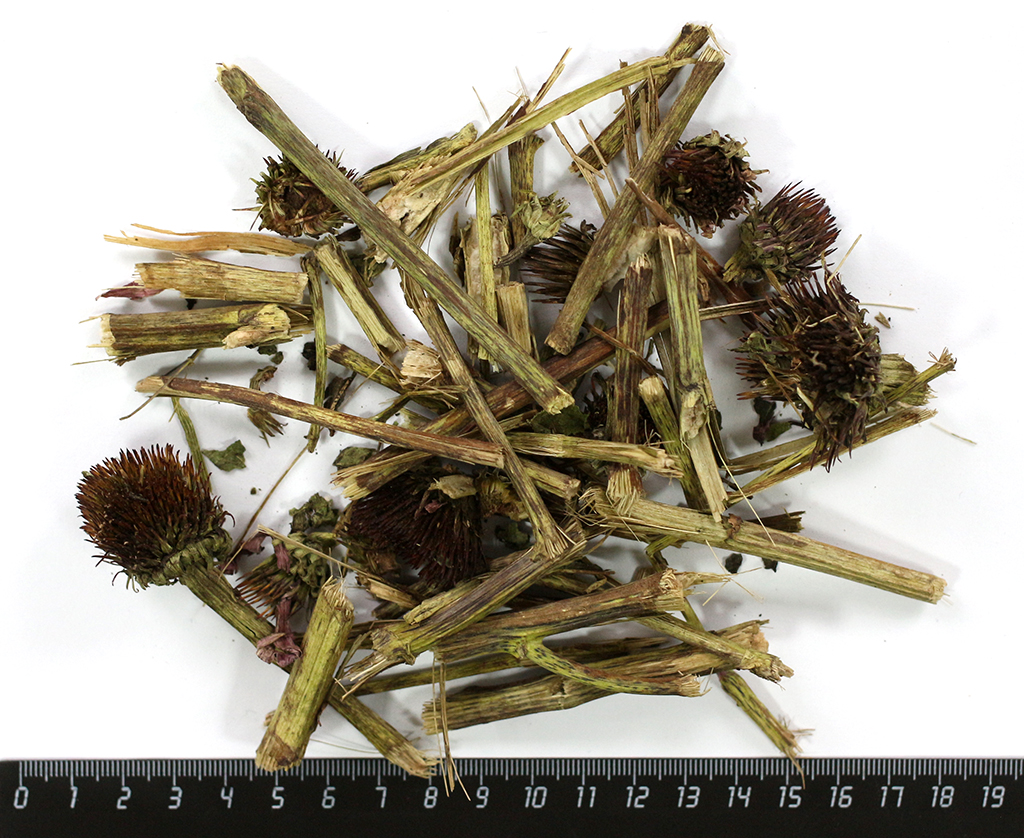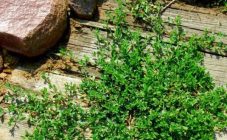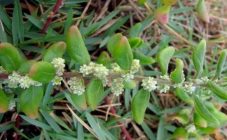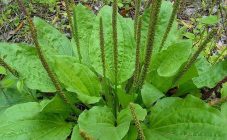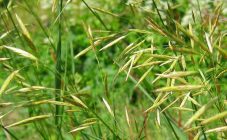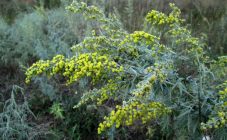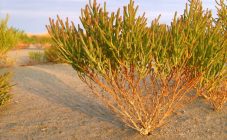Content:
Echinacea herb is an unpretentious large plant with beautiful inflorescences. It is widely known as a medicinal and garden-ornamental culture. Due to its healing properties, echinacea has found application in folk and traditional medicine.
Description of the medicinal herb
Echinacea purple herb, she is also rudbeckia purple, is a drought-resistant perennial plant that belongs to the Aster family. It has a developed root system that goes deep into the soil. The height of long stiff stems with rough, elongated leaves ranges from 50 to 140 cm. Flower baskets with reed petals have different shades and reach 10-12 cm in diameter. The plant begins to bloom regularly from the second year.
The homeland of the medicinal herb is North America. Since ancient times, the Indians with the help of echinacea treated blood poisoning and snake bites, healed wounds. Also distributed in the European part of Russia and the Caucasus.
Varieties and varieties
There are 9 types of Echinacea, each of which is very good:
- strange - has a rare bright yellow color;
- purple - with large flowers and a high domed core;
- Tennessee - has an unusual appearance;
- pale - a short plant with narrow pale flowers;
- narrow-leaved - harvested as a medicinal raw material;
- smooth - found in nature and botanical gardens;
- dark red - used in ornamental gardening;
- feigning - a delicate beautiful flower is popular with gardeners;
- blood red - decorative appearance;
All species reproduce by dividing the bush or by seeds. With the first method, purple echinacea takes root quickly and blooms in the first year. When sown with seeds, it blooms in the second year, when the root mass grows.
In recent years, European breeders have developed new varieties that differ in size, shape, color and aroma. A brief description of some varieties:
- The King is a tall plant over 2 m tall with bright pink flowers;
- White Swan (white swan) - with white petals and a yellow-green basket;
- Indiaca is a short plant with a variety of reed flowers;
- Magnus - reaches a height of 90 cm, has bright pink-crimson flowers and an orange-brownish central part;
Varietal plants require high-quality care, love fertile, non-acidic soil, sun and watering. Subject to the rules of planting, feeding and other conditions, the herb of Echinacea purpurea will decorate the courtyard with beautiful flowering for many years.
Echinacea: properties of the herb
Leaves, flowers and roots contain substances useful to humans: trace elements, vitamins, antioxidants, flavonoids, organic acids, essential oils, resins.
Herbal preparations are successfully used in traditional and folk medicine, homeopathy and cosmetology. The list of diseases that are treated with echinacea is constantly growing:
- tonsillitis;
- flu;
- typhoid fever;
- diphtheria;
- scarlet fever;
- lupus;
- peptic ulcer;
- malignant tumors.
Echinacea herb heals burns, purulent wounds, prevents intestinal infections, the growth of fungi and bacteria.The plant plays an important role in the treatment of radiation sickness, strengthening immunity, improving the composition of the blood and the protective properties of the liver.
In folk medicine, the herb is used for internal and external use in the form of decoctions, infusions, syrups, juices, oils.
Luxurious ornamental plant is a good honey plant. Echinacea honey of wonderful amber color with a special smell and taste has high healing properties.
A medicinal plant benefits the human body, but with a huge number of indications for the use of a medicinal plant, there are some limitations. When treating with echinacea herb, it is important to follow the instructions for use so that the use of the herb is not harmful.
There are contraindications for people suffering from leukemia, multiple sclerosis, tuberculosis and allergies. In this case, you must first consult a doctor. Echinacea-based medications are not recommended for pregnant women and nursing mothers.
About diseases and pests
Echinacea is quite resistant to diseases and pests. But in hot summer with high humidity or from frequent nitrogen fertilization, a white bloom may appear on the leaves - this is insidious powdery mildew.
The appearance of stains indicates fungal diseases that greatly weaken the echinacea. Viral diseases are manifested by yellowing of the leaves and deformation of the peduncles.
Of the pests of echinacea, slugs, bugs, and a drooling penny are known. Slugs can be easily picked out by hand, and insects are destroyed with special preparations.
How to harvest grass
The collection of herbs for medicinal purposes is carried out in dry, clear weather, when the first phase of mass flowering begins. The herbal collection is dried in a shaded, ventilated room.
Healing roots of 3-4 years old are dug up in early spring or late autumn after pruning the plant. They are cleaned and crushed before drying. The finished raw materials are stored in glass containers or linen bags. The shelf life of the herb is no more than 6 months, while the roots retain their medicinal properties much longer. A very healthy juice is prepared from raw flower baskets, which can be stored in a cold place by adding a little alcohol to it.
A beautiful plant with fragrant flowers will decorate any suburban area and at the same time a life-saving home medicine cabinet from various ailments.
